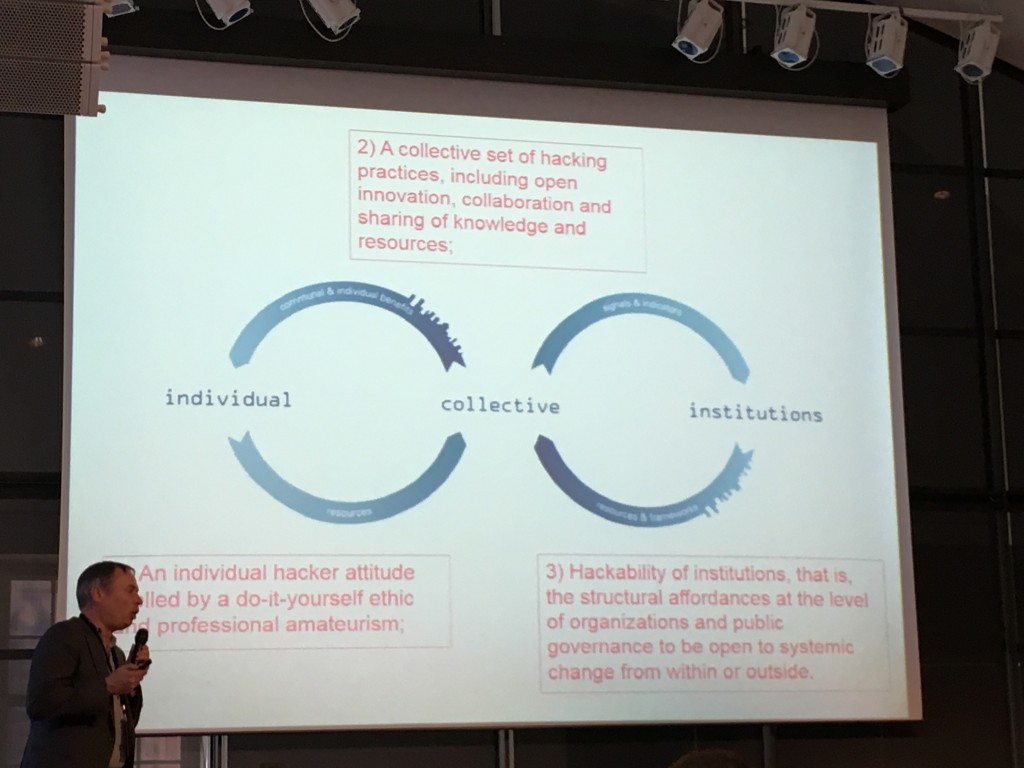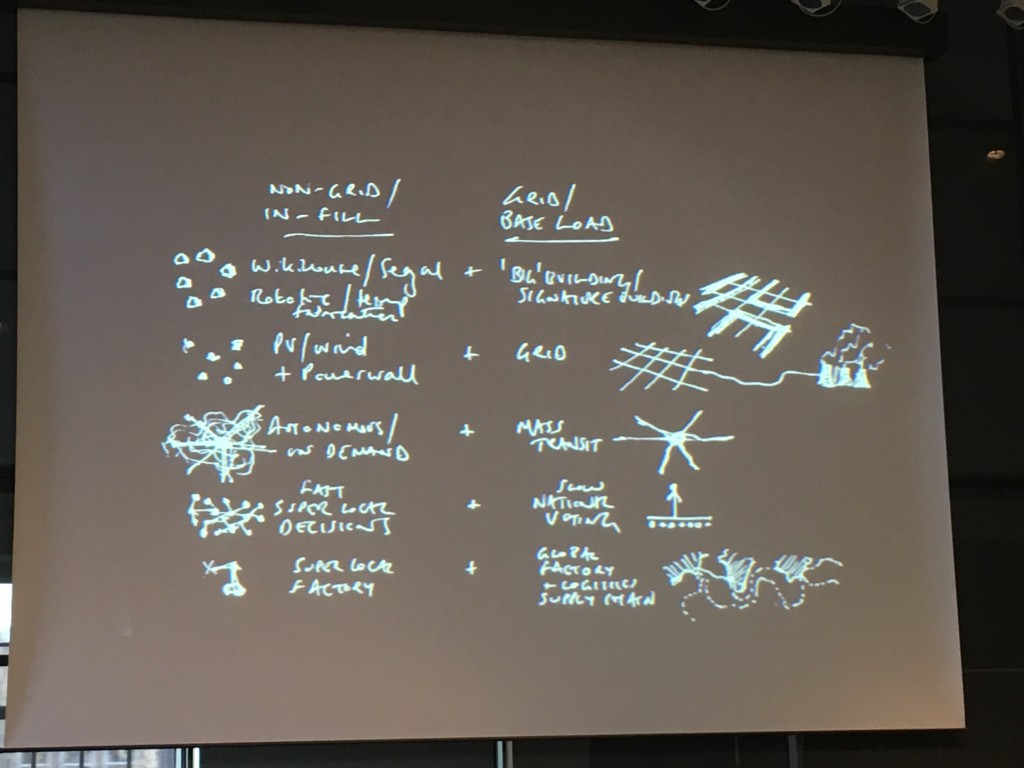 It is well known that participation and citizen engagement is a hard goal to accomplish in cities. Applied technologies to public participation have brought new opportunities to the field. Beyond all the good intentions, there are a lot of grey zones in what society have accomplished by engaging the public. The disappointments in SmartCity projects are usually related to tools that where designed or defined in narrow ways, giving only a unidirectional sense. And as Dorien De Molder pointed, the “Smart City discourse is normative”, It’s based on and reinforces particular beliefs about relationship between people, power and digital technologies.
It is well known that participation and citizen engagement is a hard goal to accomplish in cities. Applied technologies to public participation have brought new opportunities to the field. Beyond all the good intentions, there are a lot of grey zones in what society have accomplished by engaging the public. The disappointments in SmartCity projects are usually related to tools that where designed or defined in narrow ways, giving only a unidirectional sense. And as Dorien De Molder pointed, the “Smart City discourse is normative”, It’s based on and reinforces particular beliefs about relationship between people, power and digital technologies.
During the last week I attended to the Design and The City conference and workshops, in Amsterdam.
The event was curated by Martijn De Waal, who in his book “The city as Platform” gives us an idea on how the public context and technology are changing our perception about familiar places.
The conference was mainly focused on urban development and technology. And the main framework was, as Martijn pointed out, the relation between individuals with community, and community with institutions. For doing so, the role of the designers in these relations is changing the game, and it turned out that designers have become vital for forge these relations.

With this in mind, controversies are those negotiations that prevail on the emergence of the social phenomena. And, on behalf of the positivist approach of more technical disciplines, participation is more of this than that. We can think of two types of participation: participatory planning or design, and participatory sensing. The first one is more tangible, near to what people can see in the streets and they can feel that are benefited of. The second type is trickier, because most of people don’t know how it works and most of the projects give fussy outcomes. For that reason, engagement has become a hard stuff.
During the conference, Christian Nold, showed his project about noise in Heathrow Airport and its surroundings. Measuring noise when it’s not regular and there isn’t a clear rule for judge what disturbing noise is makes it hard (Government regulation only measure the damage on how many complains they have, becoming an subjective trend). But also gathering a community who willing to measure it and make sense of the noise pollution is even harder. Nold used the phrase “Design within controversies” to argue that we have to design for meaningful and political data.
Metrics, as a technology, are not neutral. On contrary, metrics talk on behalf of a lot of people, obscuring their voice. In other words, metrics are designed to delete people’s voice. As an alternative, storytelling is sometimes more powerful than an average number and is able to actively engage with sites of use.
The engagement within controversies approach is to open new spaces of design to face political and civic controversies. As Dietman Offenhuber stands out “Design is Governance, Governance is Design”.
On the other hand, the research group “Making Sense“, which work with the SmartCitizenKit sensor platform, gave us some advice in their work on community engagement. Mara Balestrini, who have been researching during the last four years is concerned about the difficulties to deploy urban sensors in communities. Technology requires skills to set it up, and to make it work. For those who are willing to participate, to maintain these devices is not easy. Also the meaning of data that they generate is not clear, because inaccuracy of the sensors and the need of calibration or sometimes the lack of a real impact in their life.
Open source technology has also its difficulties in the openness of the data, the sustainability of the project and protecting the privacy of users. For example, the platform Pachube (designed by Husman Haque to integrate open sensor data) was sold to a private company and was branched Xively, shutting down the support for the community. Nowadays most of the sensor projects develop their own platform because of lack of integration (Currently, Hague released a new platform called Thingful). This becomes a controversy in terms of the commercial relation and the community driven projects incompatibility.
Accuracy also becomes an important issue because of the cost of technology. To compensate this, granularity is needed, where the average value gives a more precise measurement. But, once again, it remains controversial if it is not focused on a campaign that can tell the story.
As a conclusion, what Dan Hill reminded us is that there exist a dilemma, between the social and the democracy. Where social is distributed, and Democracy is more ruled, where orderliness is placed over a grid. One is not the other and both are needed.

See more about The Hackable City manifesto and Design and The City event.
Author: Manuel Portela (ESR15: Situational Awareness as a Service).
